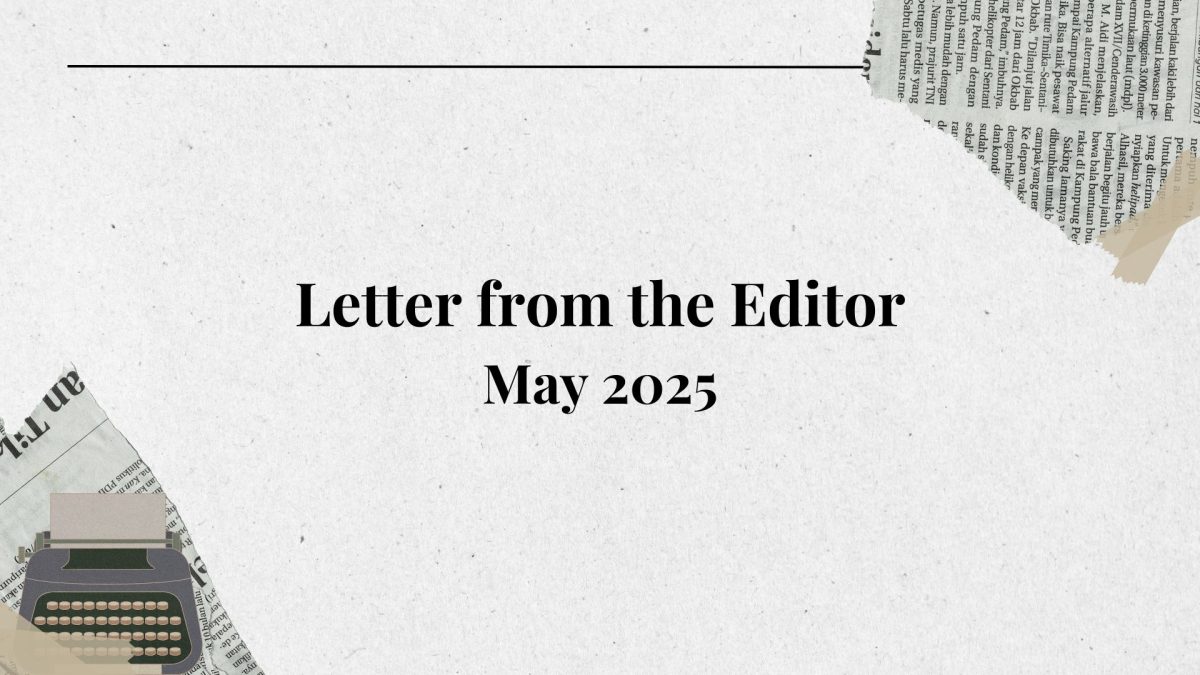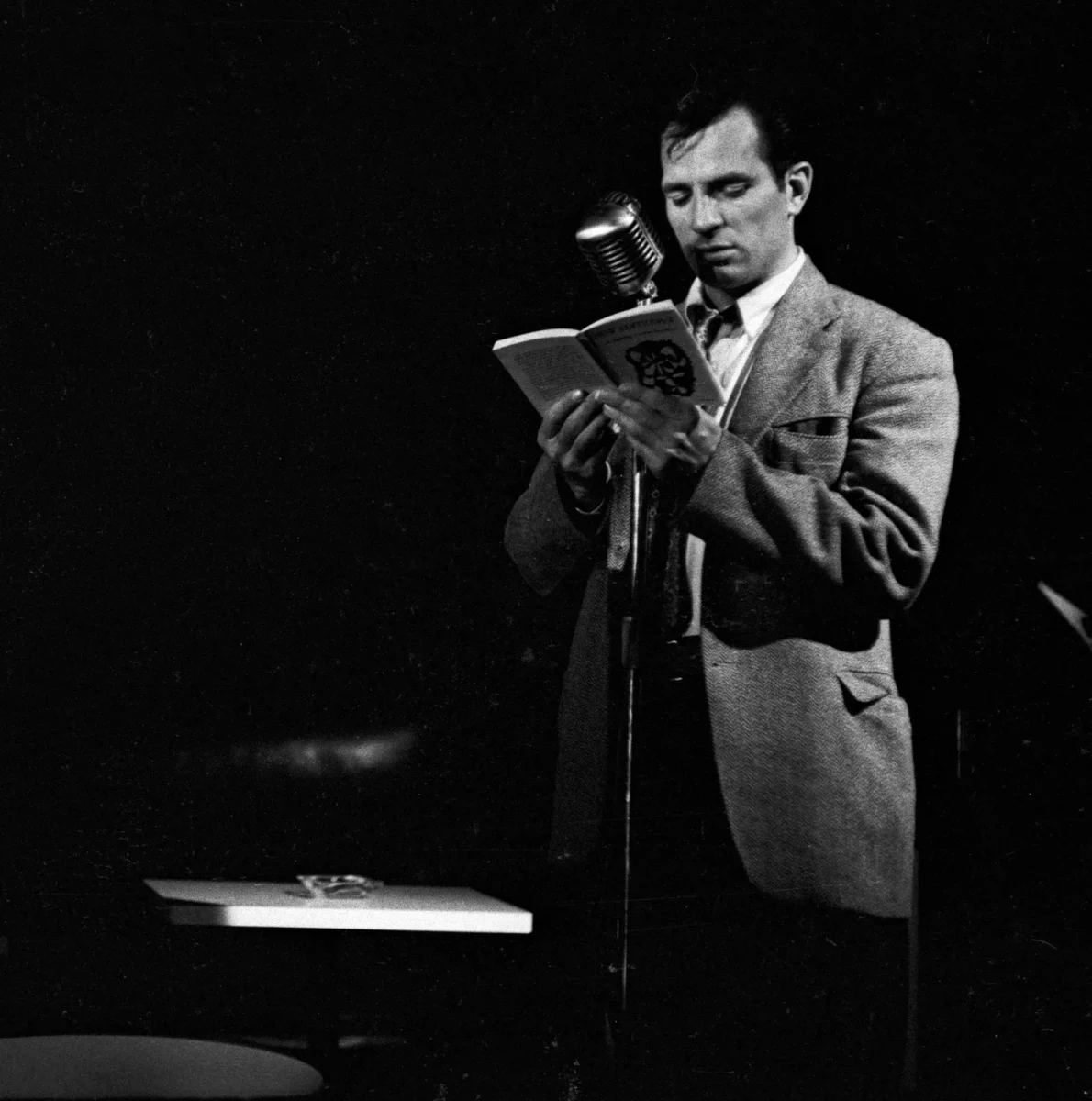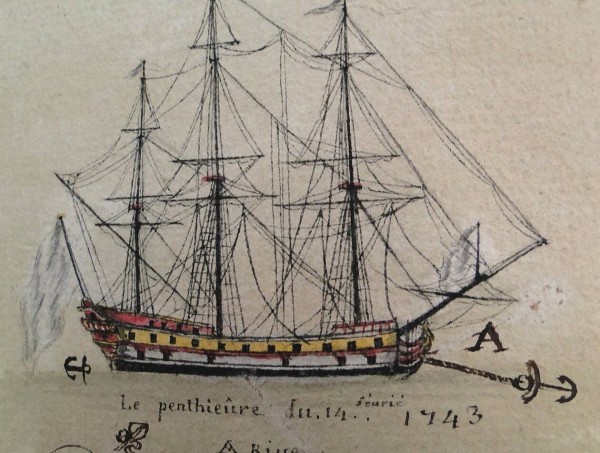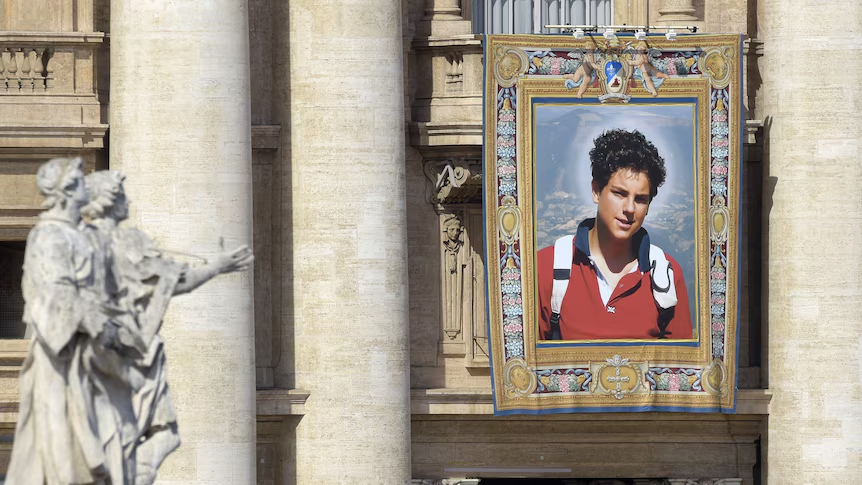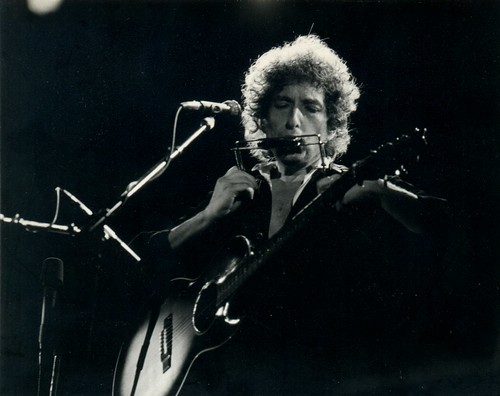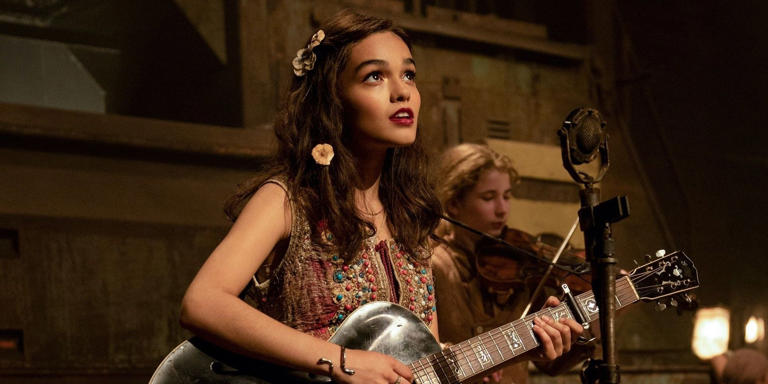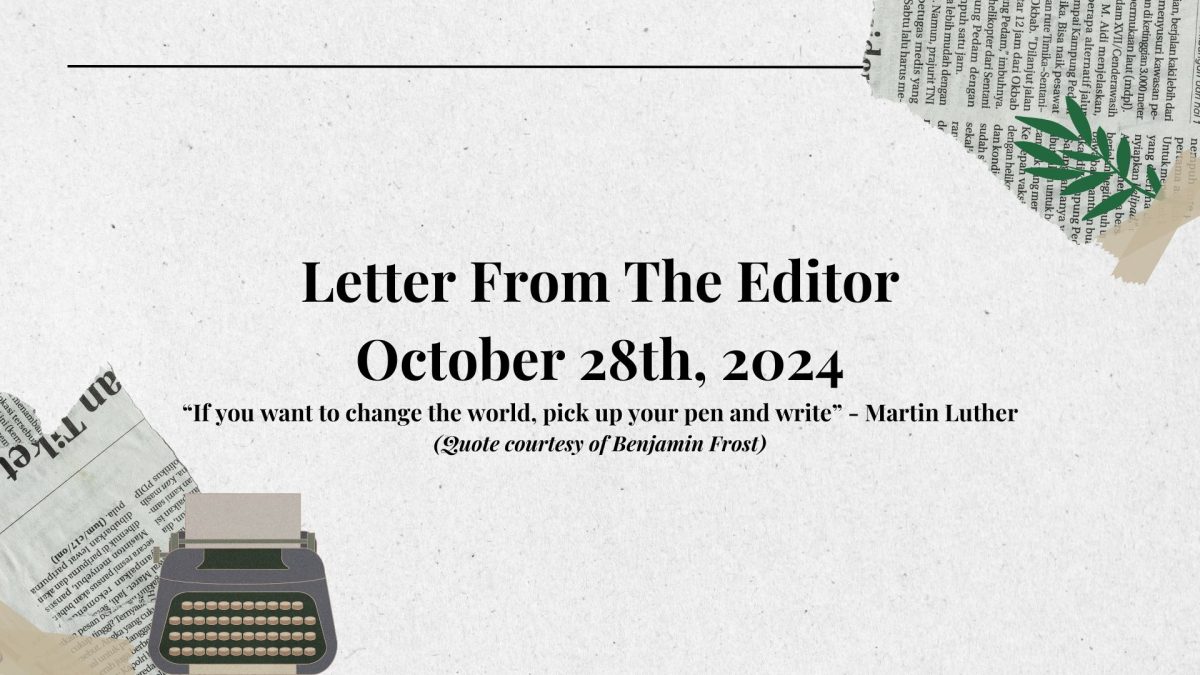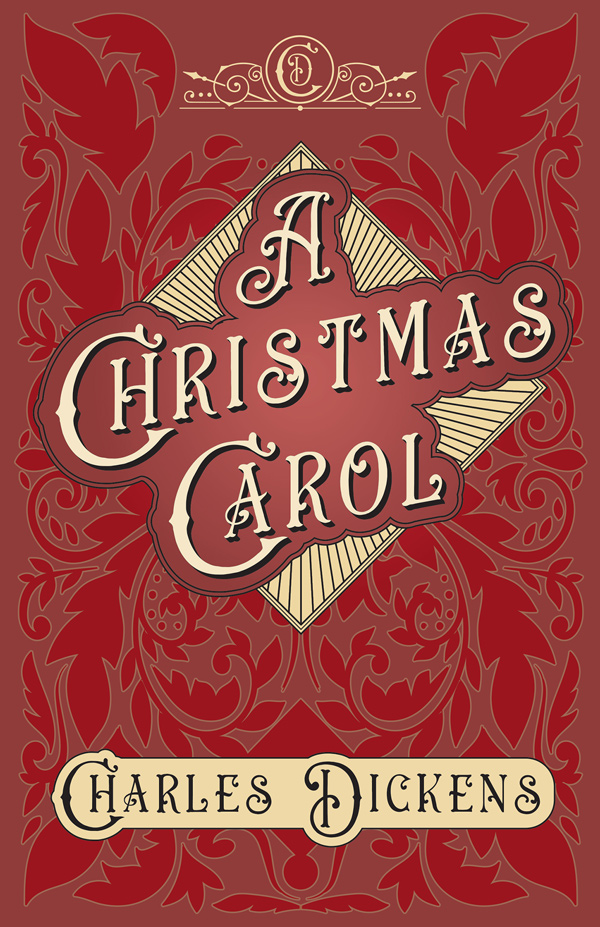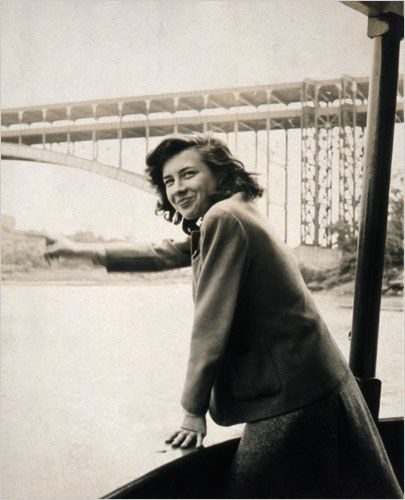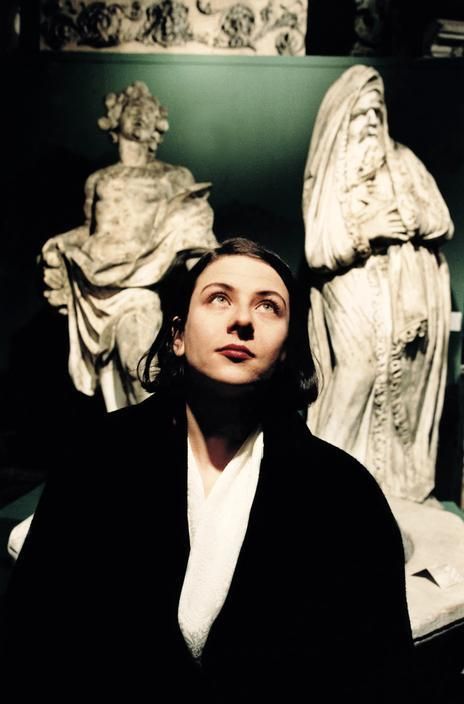The child, all dressed in red, was staring at the camera with a sheepish expression. He was sitting on the lap of his mother, a young woman who looked much older due to her white-dyed hair. She had a much more festive face and was clearly trying to cheer her son up. Behind them, a fir tree constellated with decorations embraced the room in what must have been a warm hug. I am looking at this picture of my family taken on Christmas many years ago, and I can’t help but think that it was the oldest Christmas in my life I could remember, even if I didn’t look particularly happy. Christmas trees and decorations are a staple of Christmas, as are Christmas movies, which I am sure we will all watch in the holidays. But while many of these movies are shiny and glittering, we must not forget that Christmas also produced a powerful literary tradition and that, while images like Christmas movies and my picture have a powerful hold on the senses, reading offers boundless freedom, encouraged by the wings of imagination.
With Christmas literature, we can hold up a candle in a dusty studio to find Marley’s ghost, get carried by the Spirit of Christmas Past and fly across the night sky with only a nightgown on, get warmed up by the chimney of the festive Ghost of Christmas Present, shudder at the skeletal ghost of a not so promising Christmas Yet to Come and relive our entire life, even beyond its end. We can investigate the nooks and crannies of an old mansion to find out who, after one Christmas party too many, got fed up with the old man, as well as see a great detective at work. We can find a humorous resolution to the eternal dilemma: what gifts will I give my dear ones when the day comes? And find out that the answer is much more romantic than we thought.
One piece of Christmas literature that is definitely worth reading (or perhaps re-reading), is A Christmas Carol, a novella written by Charles Dickens and originally published with the quick and easy-to-remember title of A Christmas Carol. In Prose. Being a Ghost Story of Christmas in London, 1843. The story follows immensely rich but cold-hearted miser Ebenezer Scrooge who, on a Christmas night he plans to spend alone, is visited by spirits (referred to as ghosts), who represent all the past Christmases, the present ones, and the future ones, the iconic Ghosts of Christmas Past, Present, and Yet to Come. Ultimately, Scrooge changes his ways and becomes the very embodiment of Christmas-time generosity as a result of the experience. The novella was created during a period when the English people were re-discovering folkloric traditions related to Christmas, such as trees, cards, and, of course, carols, as well as personages such as Father Christmas (the English name for Santa Claus). All these elements are present and celebrated in the story, with the Ghost of Christmas Present described as identical to Father Christmas, and several instances of families eating meals in front of fir trees. The title itself is a reference to caroling. However, the tale also has some deeper themes: it is partly a social critique highlighting the plight of the poor, especially children who were subjected to child labor, during the early Industrial Revolution. It calls on the wealthiest members of society to help the poor, along with ending child labor. It also warns about the dangers of widespread ignorance and pleads for educational reform. The need for generosity and remembering those less fortunate first expressed by Dickens still resonates today.
While Ebenezer Scrooge finally redeems himself, other wealthy characters in Christmas literature don’t do so. Agatha Christie’s detective novel Hercule Poirot’s Christmas explores the holiday in a murder mystery key. Poirot hopes to finally take a break from his investigations. But apparently there is no holiday for his “little grey cells”, because, in the meantime, multi-millionaire Simeon Lee invites all his family to his mansion for Christmas, despite being notoriously cold-hearted. As can be imagined, Simeon is grisly murdered in his room. The problem is that the room is completely locked, so how could the killer enter? Needless to say, Poirot is called to investigate. While the Christmas setting may appear strange for a murder mystery novel, it is precisely this contrast that gives the novel its power. What’s scarier than the dark thoughts in the heart of a killer during an otherwise blessed festivity?
Finally, a short story that is worth reading at Christmas is one that everybody already knowns, but no one actually remembers the title: “The Gift of the Magi”, written by O. Henry, pseudonym of William Sidney Porter. The story follows a husband and wife who love each other dearly but are in deep poverty. At Christmas, they don’t know what to give each other and decide to buy secret gifts for the other by each making some sort of sacrifice. This may not ring a bell, but I highly encourage reading it: the twist ending is one of the greatest and most ironic in American storytelling. The message of the story is that the material gifts do not matter, and it is the love with which they are given that truly warms the souls of people, a message even more important in a time when Christmas is increasingly commercialized.
Books, novellas, and short stories of Christmas, whether they are social critiques vailed as ghost stories, crime novels with a holiday atmosphere, or romantic tales with profound themes have always been an enduring part of Christmas, and still are.




